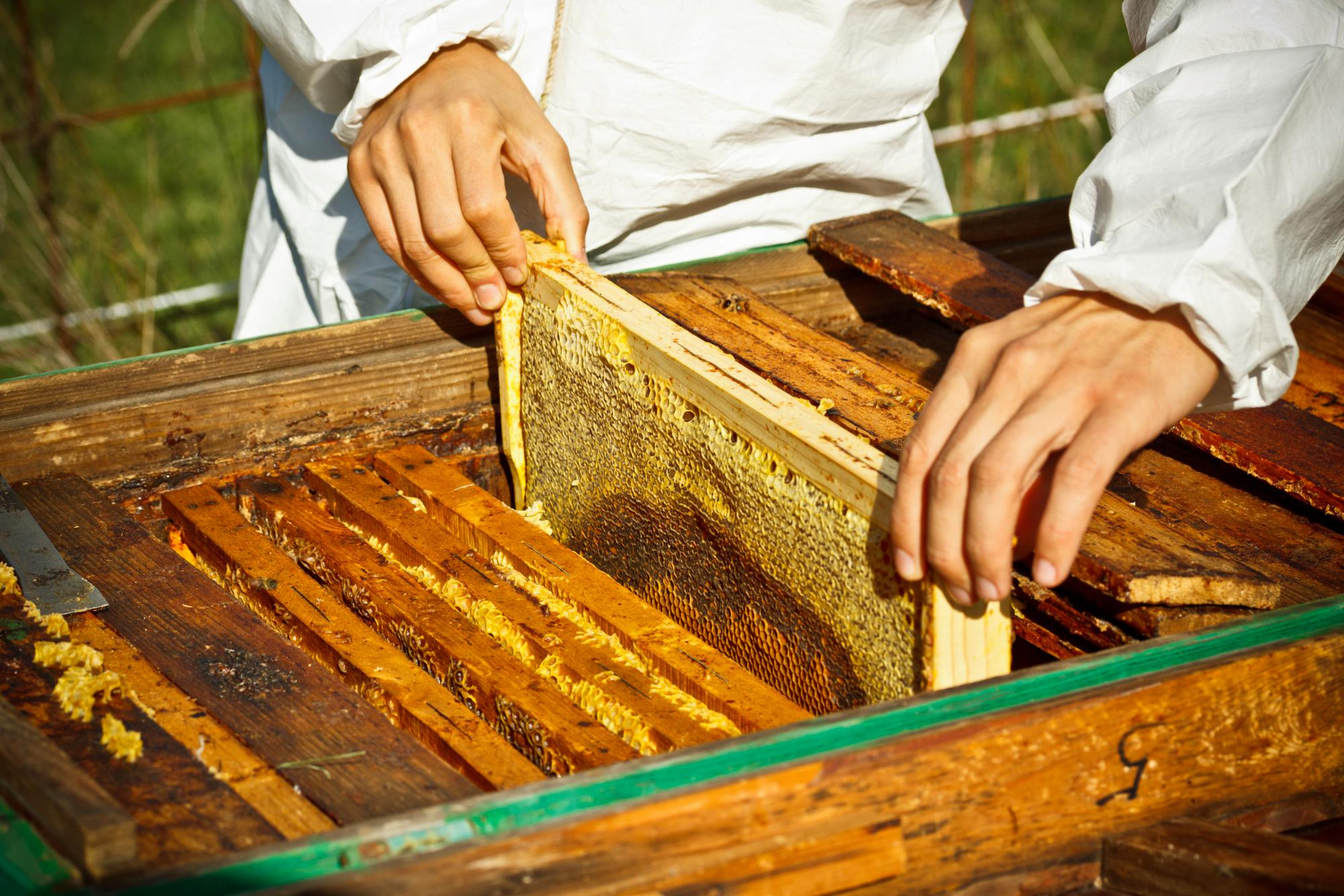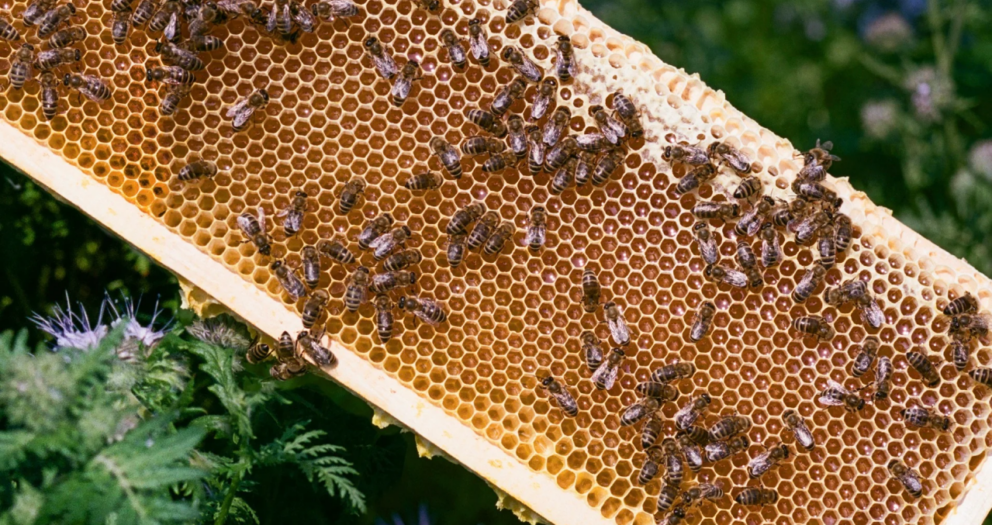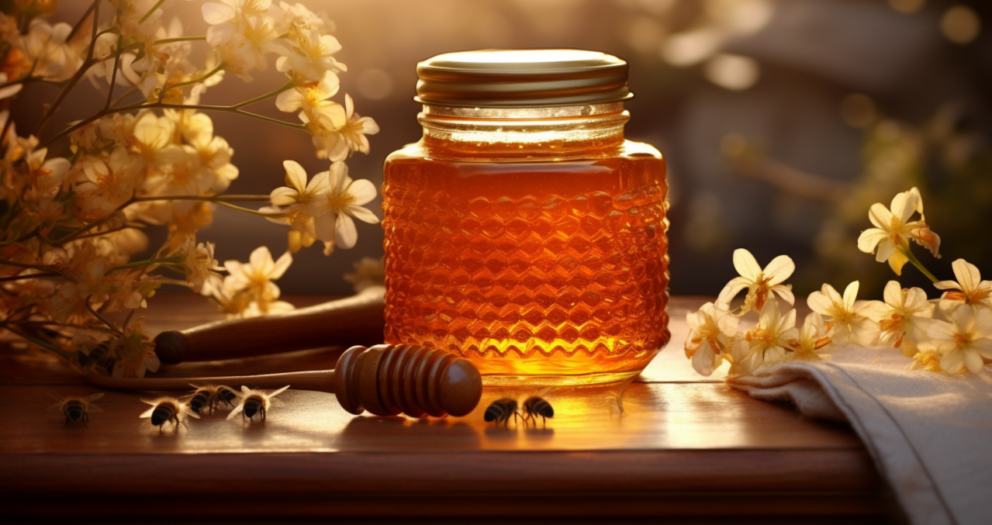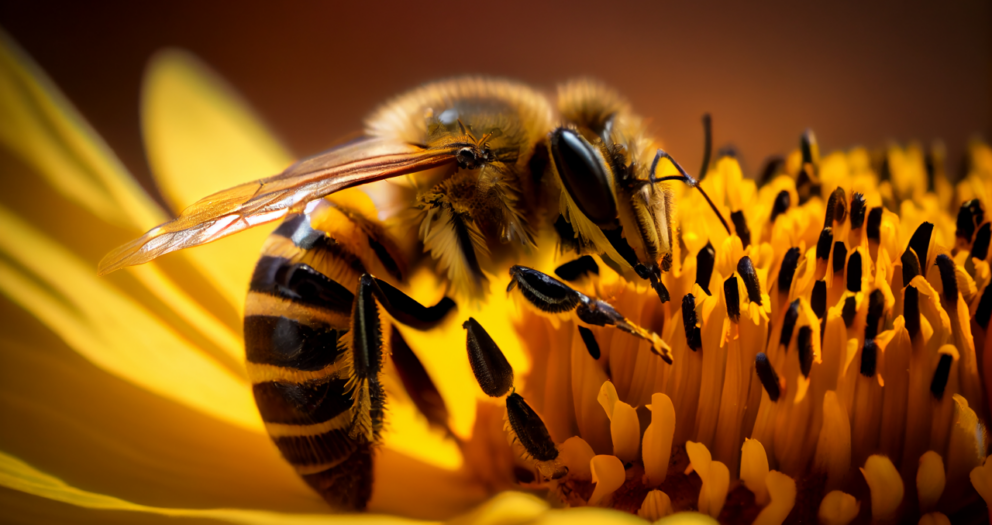Honey, often referred to as “liquid gold,” is a sweet, viscous substance produced by bees from the nectar of flowers. The process of honey making is a fascinating blend of art and science, encompassing the meticulous behavior of bees, the biology of plants, and the skills of beekeepers. In this article, we will delve into the intricate process of honey making, from the hive to the jar, and explore the art and science behind this natural wonder.
The Journey Begins: From Nectar to Honey
1. The Role of Bees
The process of honey making starts with the bees. Worker bees, which are all female, venture out from the hive in search of nectar, a sugary liquid found in flowers. Using their long, tube-like tongues, they extract the nectar and store it in their “honey stomachs” – a special sac separate from their primary stomachs.
2. Enzymatic Transformation
Once the bees return to the hive, they transfer the nectar to other worker bees through a process called trophallaxis, essentially a regurgitative exchange. During this process, enzymes in the bees’ saliva break down the complex sugars in the nectar into simpler sugars, glucose and fructose. This enzymatic transformation is crucial as it prevents the honey from fermenting.
3. Evaporation and Concentration
The nectar, now partially processed, is deposited into the honeycomb cells. To transform this watery nectar into thick honey, bees fan their wings vigorously, creating airflow that evaporates much of the water content. This evaporation process continues until the water content is reduced to about 18%, resulting in a thick, syrupy consistency.
The Role of the Beekeeper
1. Hive Management
Beekeepers play a vital role in the honey-making process. They manage the hives, ensuring that the bees have a healthy environment and access to abundant floral sources. Hive inspections are conducted regularly to monitor the health of the colony, check for diseases, and manage pests.
2. Harvesting Honey
When the honey is ready, the bees cap the honeycomb cells with a thin layer of beeswax. This capping indicates that the honey is ripe and has the correct moisture content. Beekeepers carefully remove the frames of capped honeycomb from the hive for harvesting.
3. Extraction Process
The extraction process involves removing the wax cappings and placing the frames in a centrifugal extractor. This device spins the frames, using centrifugal force to draw the honey out of the comb. The honey is then filtered to remove any remaining wax particles and other impurities.
The Art of Honey Making
1. Floral Sources and Varietals
One of the most artistic aspects of honey making is the variety of flavors and colors that can be achieved. The type of flowers visited by the bees greatly influences the taste, color, and aroma of the honey. For instance, clover honey is light and mild, while buckwheat honey is dark and robust. Beekeepers can strategically place their hives near specific floral sources to produce distinct varietals.
2. Sustainable Practices
Many beekeepers embrace sustainable and ethical practices in honey production. This includes ensuring that bees have access to diverse forage, avoiding the use of harmful pesticides, and leaving enough honey for the bees to sustain themselves through the winter. These practices not only benefit the bees but also contribute to the quality and purity of the honey.
3. Craftsmanship and Quality Control
The art of honey making also lies in the craftsmanship and attention to detail during the harvesting and extraction processes. Skilled beekeepers take great care to maintain the integrity of the honey, preserving its natural enzymes, nutrients, and flavors. This dedication to quality control ensures that the final product is a true reflection of the bees’ hard work and the beekeeper’s expertise.
The Science Behind Honey’s Benefits
Honey is not only a natural sweetener but also boasts numerous health benefits. It has antibacterial, antifungal, and antioxidant properties, making it a popular remedy for various ailments. The science behind honey’s medicinal properties lies in its composition – the low water content, acidic pH, and presence of natural enzymes create an inhospitable environment for bacteria and other pathogens.
Conclusion
The art and science of honey making is a testament to the incredible synergy between nature and human ingenuity. From the diligent work of the bees to the careful practices of beekeepers, every step in the honey-making process contributes to the creation of this delectable and nutritious substance. By understanding and appreciating the complexities of honey production, we can better appreciate the golden treasure that is honey, and the remarkable creatures that make it possible.





Write a comment
Your email address will not be published. All fields are required